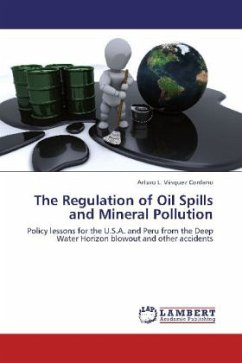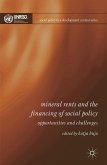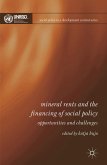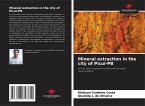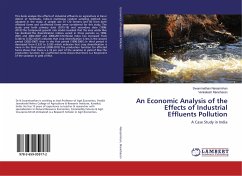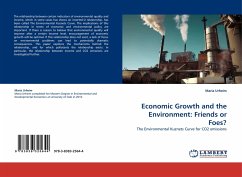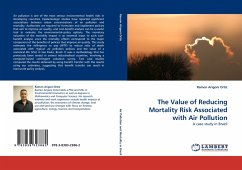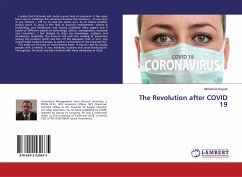Recent research on environmental regulation have focused on studying ways of controlling continuous sources of pollution such as SO2 and CO2 emissions by means of permit trading and carbon taxes. However, the oil spill in the Gulf of Mexico after the Deepwater Horizon blowout and the red mud tailings spill in Hungary have shown that accidental pollution can also generate serious social damages. The objective of this book is to study how to organize and administer a governance system that regulates accidental pollution and market power by adopting a holistic analytical approach that combines economics, law, and politics. The book presents a multi-tier principal-agent model where the State regulates accidental pollution and market power, taking into account the problems of corruption, moral hazard, the random nature of accidental pollution, and the organization of regulatory institutions. Instruments such as monitoring and penalties are identified as optimal policy tools in a second-best setting. The book analyzes the applicability of the model using real case studies from the mining and energy industries and presents policy implications of the analysis for the U.S.A. and Peru.
Bitte wählen Sie Ihr Anliegen aus.
Rechnungen
Retourenschein anfordern
Bestellstatus
Storno

